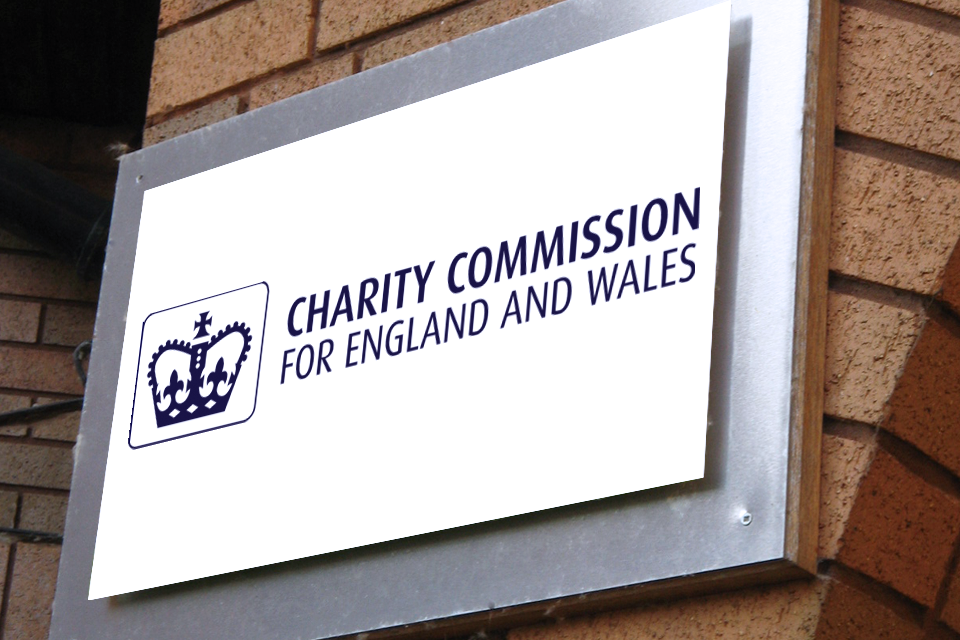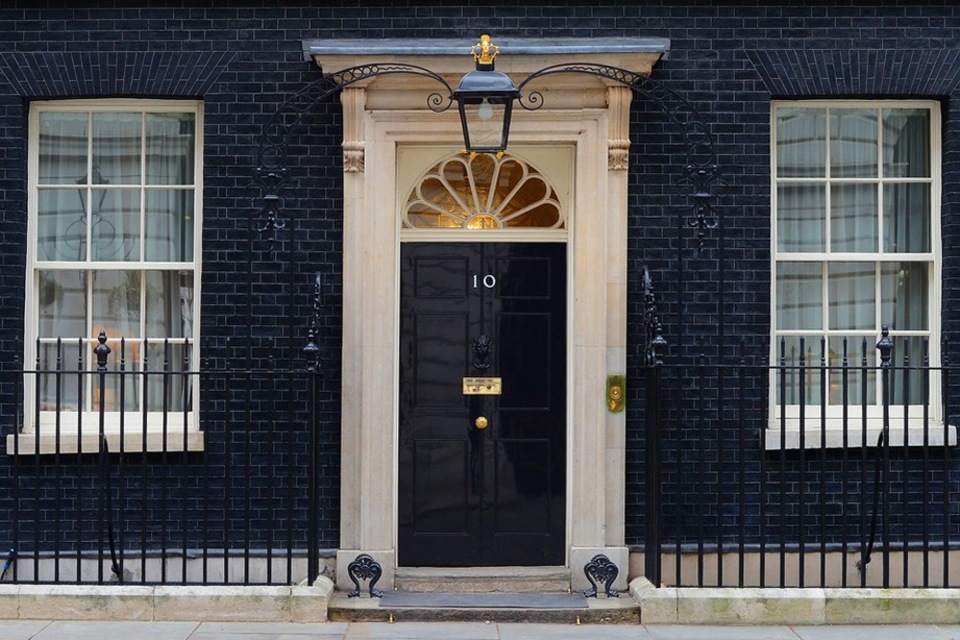The Government has today announced its acceptance of the Low Pay Commission’s (LPC) recommendations on the rates of the National Minimum Wage (NMW), including the National Living Wage (NLW). The rates which will apply from 1 April 2025 are as follows
| NMW Rate | Increase (£) | Percentage increase | |
|---|---|---|---|
| National Living Wage (21 and over) | £12.21 | £0.77 | 6.7 |
| 18-20 Year Old Rate | £10.00 | £1.40 | 16.3 |
| 16-17 Year Old Rate | £7.55 | £1.15 | 18.0 |
| Apprentice Rate | £7.55 | £1.15 | 18.0 |
| Accommodation Offset | £10.66 | £0.67 | 6.7 |
The LPC’s recommendations meet the remit set by the Government. The recommended NLW rate is expected to equal two-thirds of median earnings and to have the highest real value in the history of the UK’s minimum wage. The increase in the 18-20 Year Old Rate narrows the gap between that and the NLW, in anticipation of the adult rate being extended to 18 year olds in future years.
Baroness Philippa Stroud, Chair of the LPC, said
The Government have been clear about their ambitions for the National Minimum Wage and its importance in supporting workers’ living standards. At the same time, employers have had to deal with the adult rate rising over 20 per cent in two years, and the challenges that has created alongside other pressures to their cost base.
It is our job to balance these considerations, ensuring the NLW provides a fair wage for the lowest-paid workers while taking account of economic factors. These rates secure a real-terms pay increase for the lowest-paid workers. Young workers will see substantial increases in their pay floor, making up some of the ground lost against the adult rate over time.
The data show some signs of employers finding it harder to adapt to minimum wage increases. The tightening of the labour market since the pandemic has unwound, but the overall picture is similar to 2019.The economy is expected to grow over the next year, although productivity growth remains subdued.
We look forward to continuing our work next year as the detail of the Make Work Pay plan is elaborated upon. The NMW is a major part of the Government’s ambitions for the future of the labour market, and it is important that it continues to be informed by the expertise and consensus-building the LPC provides.
The LPC’s recommendations are based on extensive consultation with employers, workers, representatives of both groups and other expert bodies, as well as a series of regional visits across the UK. They reflect unanimous agreement among Commissioners, including those representing workers, employers and independent experts.
The recommended increase in the 16-17 Year Old Rate restores that rate to its original value relative to the adult minimum wage. In line with previous recommendations, the Apprentice Rate will remain equal to the 16-17 Year Old Rate.
Notes for editors
-
The LPC’s recommendations were submitted to the Government on 25 October 2024. The Government has today announced acceptance of those recommendations.
-
The LPC will on Wednesday 30 October publish its letter of recommendations to the Government and a short report summarising the main evidence Commissioners relied on to make those recommendations. The LPC’s full annual report will be laid before Parliament and published in the new year.
-
The Government’s remit to the LPC, which determines the Commission’s work through the year, was published in July and is available here.
-
The LPC’s recommended NLW rate is intended to meet the Government’s ambition for this rate to reach at least two-thirds of median earnings in 2024.
- For the first time, the Government asked the LPC to take into account the cost of living, including expected trends in inflation up to March 2026, when recommending the NLW. The LPC expects its recommended rate to represent a real-terms increase across the whole of the period to March 2026, using any major inflation measure, thereby protecting low-paid workers’ living standards.
- We last published projections in September of the NLW rate needed to achieve the level of two-thirds of median earnings. At the time, our projected range was between £11.82 and £12.39, with a central estimate of £12.10.
- Our assessment of and projections for median earnings rely on the ONS’s Annual Survey of Hours and Earnings (ASHE) and Average Weekly Earnings (AWE) series. These are supplemented by HMRC’s Real Time Information (RTI) data and wage forecasts from the Bank of England and HM Treasury’s Independent Panel of Economic Forecasts.
- The National Living Wage (NLW) is currently the statutory minimum wage for workers aged 21 and over. This age threshold came down from 25 to 23 in April 2021 and from 23 to 21 in April 2024.
- Different minimum wage rates continue to apply to 18-20 year olds, 16-17 year olds and apprentices aged under 19 or in the first year of an apprenticeship. The Government has stated its ambition to reduce the NLW age threshold from 21 to 18; this follows the LPC’s own stated ambition and advice, as set out in the publication The National Minimum Wage Beyond 2024. The LPC will consult next year on the pathway to achieving this goal.
- Rates for workers aged under 21, and apprentices, are currently lower than the NLW to reflect lower average earnings and higher unemployment rates. International evidence also suggests that younger workers are more exposed to employment risks arising from the pay floor than older workers. Unlike the NLW (where the possibility of some consequences for employment have been accepted by the Government), the LPC’s remit requires us to set the rates for younger workers and apprentices as high as possible without causing damage to jobs and hours.
- The National Living Wage is different from the UK Living Wage and the London Living Wage calculated by the Living Wage Foundation. Differences include that the UK Living Wage and the London Living Wage are voluntary pay benchmarks that employers can sign up to if they wish, not legally binding requirements; the hourly rate of the UK Living Wage and London Living Wage is based on an attempt to measure need, whereas the National Living Wage is based on a target relationship between its level and average pay; the UK Living Wage and London Living Wage apply to workers aged 18 and over, the National Living Wage to workers aged 23 and over. The Low Pay Commission has no role in the UK Living Wage or the London Living Wage.
- The Accommodation Offset is an allowable deduction from wages for accommodation, applicable for each day of the week. In April 2025 it will increase to £10.66 per day.
- For an NLW worker working 37.5 hours per week, the increases announced today will increase their annual gross pay by £1,505.54 and their monthly gross pay by £125.46.
- The Low Pay Commission is an independent body made up of employers, trade unions and experts whose role is to advise the Government on the minimum wage. The rate recommendations introduced today were agreed unanimously by the Commission.
- The current Low Pay Commissioners are Baroness Philippa Stroud (Chair), Nigel Cotgrove, Matthew Fell, Andrew Goodacre, Louise Fisher, Professor Patricia Rice, Simon Sapper and Professor Jonathan Wadsworth.
- Baroness Philippa Stroud can be contacted via the Low Pay Commission’s press office (07341 098734).








